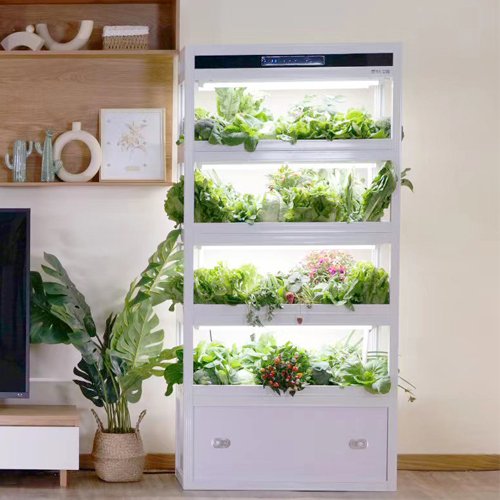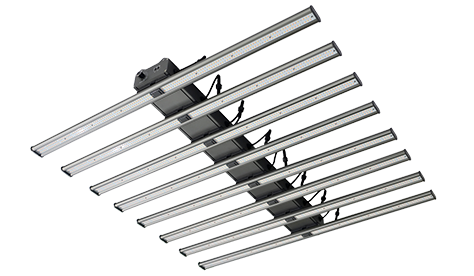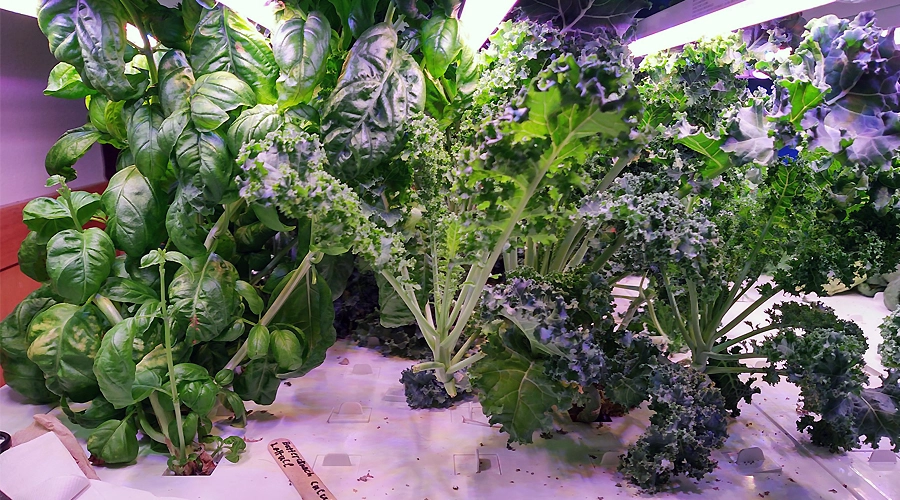Sonhando com tomates suculentos cheios de sabor, ervas dançando à luz do sol e um oásis pessoal que transborda de bondade caseira.
Construir seu sistema hidropônico não é apenas para Mavericks DIY experientes. De fato, com um pouco de orientação e a abordagem correta, até os botânicos iniciantes podem cultivar seu paraíso hidropônico.
Navegaremos pelos dois sistemas hidropônicos mais amigáveis para iniciantes- A cultura de águas profundas (DWC) e o sistema de fluxo e refluxo.
Antes de começarmos: escolhendo seu sistema
Vamos explorar os dois sistemas que estaremos construindo:
Cultura de águas profundas (DWC): em DWC, as raízes da planta balançam em uma solução rica em nutrientes, banhadas constantemente em oxigênio, graças a uma bomba de ar. Simples de configurar e manter, o DWC é ideal para verduras e ervas folhosas.
Sistema de fluxo e refluxo: esse sistema inunda e drena periodicamente a cama de cultivo, imitando o aumento natural e a queda das marés. Isso oxigena as raízes e evita o acúmulo de nutrientes, tornando -o adequado para uma ampla gama de plantas, incluindo frutas e vegetais.
Construindo seu sistema DWC
O sistema DWC é um sistema hidropônico popular e fácil de usar. As raízes das plantas são submersas em água oxigenada, permitindo que eles recebam ampla água, nutrientes e oxigênio. Este sistema requer uma bomba de ar e uma pedra de ar para manter os níveis de oxigênio na água.
Materiais:
Pedra do ar
Bomba de ar
Lata lata
Reservatório (como uma sacola ou balde)
Solução de nutrientes (fórmula hidropônica)
Faca para cortar plataforma de plástico de espuma
Espuma de poliestireno para uso como uma jangada
Médio em crescimento (rockwool, seixos de barro)
Timer (opcional)
Passos:
1. Prepare o reservatório: furos na tampa da pedra de ar e da panela da rede. Certifique -se de que o nível da água não submergirá as hastes da planta.
2. Injetar a solução de nutrientes no reservatório: misture o concentrado de acordo com as instruções do fabricante e preencha a uma profundidade de 30 centímetros ou mais profundamente.
3. Insira a pedra de ar e o pote de rede: submergir a pedra de ar na água e prenda a panela da rede nos orifícios da tampa.
4. Corte a espuma de poliestireno para criar uma balsa flutuante, colocando -a cerca de 3 centímetros abaixo da parte superior do recipiente ou reservatório. Corte os orifícios na espuma com espaçamento suficiente.
5. Injete o meio de cultivo na panela da rede: Coloque suavemente as raízes da planta no meio de cultivo, mantendo as hastes acima da linha de água.
6. Coloque a planta na panela da rede e insira a panela na rede nos orifícios na plataforma de plástico de espuma. O pote de rede permite que as raízes da planta cresçam de baixo e laterais, facilitando o acesso a nutrientes e oxigênio.
7. Conecte a bomba de ar e o temporizador (opcional): um timer permite ciclos automáticos de entrega de nutrientes.
Construindo seu sistema de fluxo e refluxo
O sistema de fluxo e refluxo é mais técnico e complexo, mas também oferece maior versatilidade. Sua funcionalidade envolve entrada periódica de água e saída do reservatório com base nas necessidades, ciclo de crescimento e até temperatura da planta.
Durante o processo de entrada, a água oxigenada flui através do sistema, fornecendo água e nutrientes para as plantas. Quando drena, a solução de nutrientes na água retorna ao reservatório para reutilização, exigindo que uma bomba submergir e drenar a bandeja de crescimento.
Materiais:
Contêiner de reservatório (bolsa, balde)
Cama de plantio (recipiente de plástico,
Tubos de PVC)
Siphon Bell e Riser
Bomba e temporizador
Médio em crescimento (seixos de argila, perlite)
Vasos de rede e tampas
Passos:
1. Crie o canteiro de plantio: furos na parte inferior do recipiente para drenagem. Se estiver usando tubos de PVC, conecte -os com cotovelos e camisetas para formar uma grade.
2. Instale o sino e riser sifon: coloque a campainha do sifão na parte inferior do reservatório, e o riser se estende acima do nível da água do canteiro de plantio.
3. Conecte a bomba e o timer: a bomba empurra a solução de nutrientes para o riser, submergindo o canteiro de plantio. O temporizador controla o ciclo de inundação e drenagem.
4. Encha o canteiro de plantio com vasos de cultivo médio e rede: Seguindo as etapas para a configuração de um sistema DWC, coloque os vasos de rede em cima do meio de crescimento.
Mantendo seu sistema hidropônico
Monitorar os níveis de nutrientes e pH: Teste regularmente sua solução e ajuste -a para manter o crescimento ideal da planta.
Mantenha o sistema limpo: Substitua a solução de nutrientes regularmente e limpe o equipamento para evitar o crescimento de algas.
Poda suas plantas: A poda regular incentiva o crescimento saudável e evita a superlotação.
Compra vs. construção
Para ser sincero, nem todo mundo é um entusiasta de bricolage. Embora construir seu sistema hidropônico possa ser uma experiência gratificante, trazendo uma sensação de realização e personalização, também requer tempo, habilidades técnicas e paciência suficiente para solucionar problemas.
Para muitos entusiastas da vida mais verde, a pressão de ferramentas elétricas e tubos de PVC pode rapidamente levar a sonhos de produtos frescos cultivados em casa. Por que não comprar um sistema hidropônico existente em vez de passar por compra e construção de materiais?
Tudo o que você precisa é de maneira bem embalada, rotulada e com instruções claras, tornando -a compreensível, mesmo para alguém que nutra plantas pela primeira vez. Não há necessidade de decifrar esquemas enigmáticos ou adivinhar todas as conexões.
Diga adeus às frustrações de projetos de bricolage e conexões com vazamentos. Em vez disso, você pode desfrutar de verduras de salada crocante ou tomate cereja suculento em pouco tempo.
Os sistemas hidropônicos da AuxGrow são normalmente projetados com modularidade em mente. Você pode adicionar outra torre de plantio, outro gabinete de cultivo ou substituir os componentes à medida que o polegar verde cresce.
De paraísos de ervas de mesa a paisagens verticais de vegetais, fornecemos soluções para vários espaços e diversas necessidades. Se você estiver interessado em nossos sistemas hidropônicos, entre em contato conosco para obter as informações mais detalhadas.



Dicas de bônus
Comece pequeno com uma ou duas plantas para ganhar experiência antes de expandir seu sistema hidropônico.
Pesquise as necessidades específicas das plantas que você escolhe crescer.
Junte -se às comunidades hidroponia on -line para obter apoio e conselhos.
Jayes
Como gerente de marketing digital da AUXGROW, Jayes combina paixão por sistemas hidropônicos e experiência em luzes LED de cultivo. Com experiência prática e profundo conhecimento, Jayes guia você pelo mundo do cultivo sustentável.





